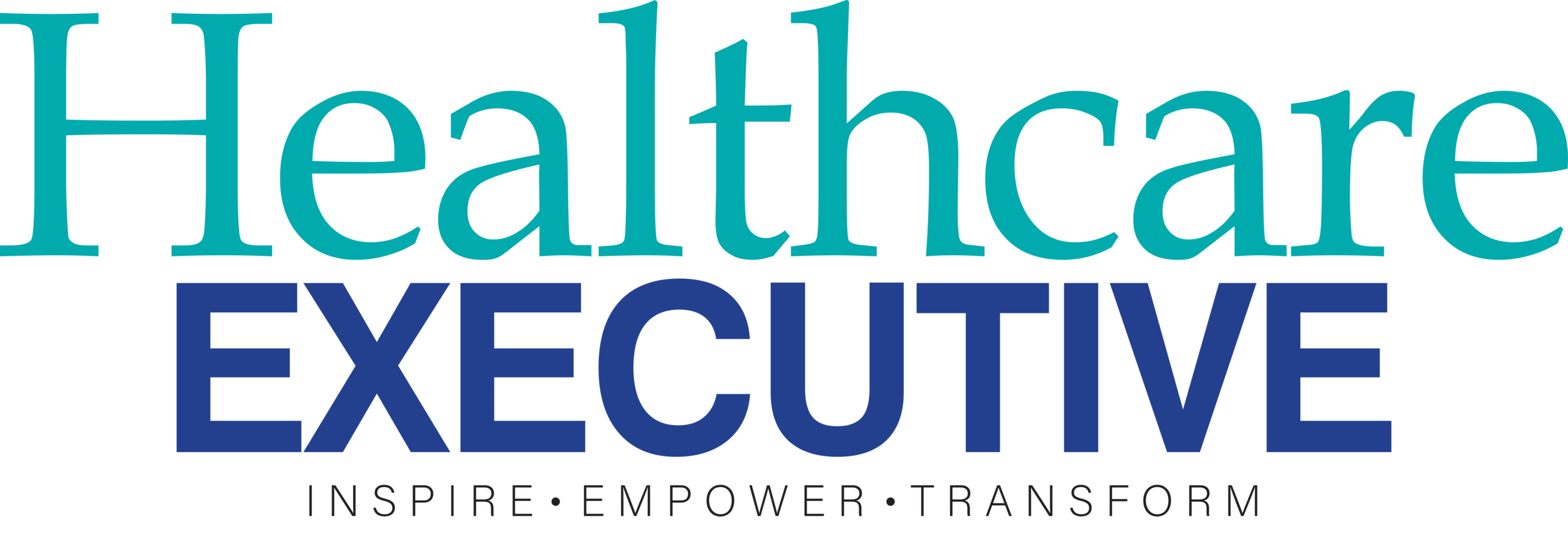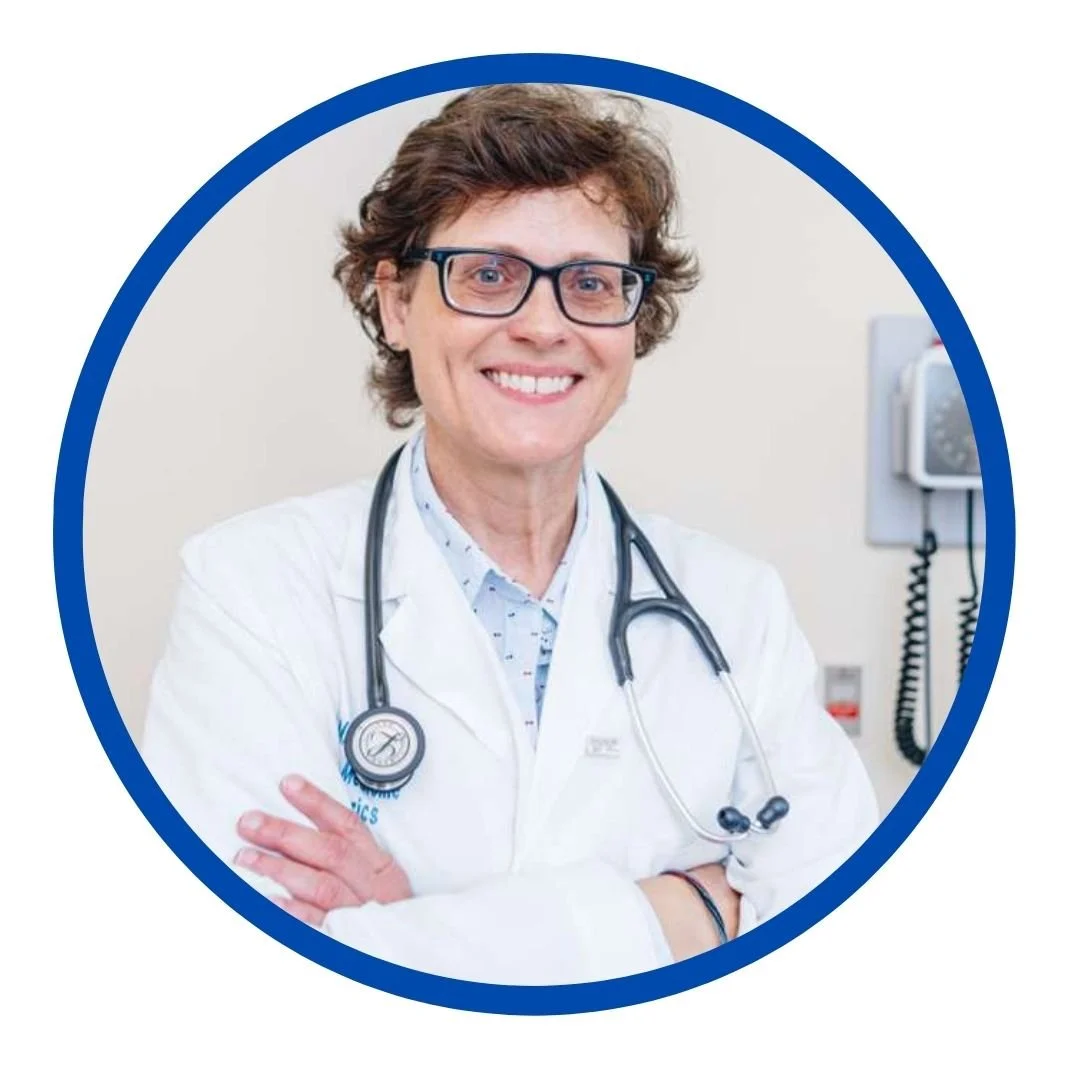Inside UC Irvine’s Age-Friendly Model: How a Geriatric Team Is Redefining Senior Care
By Arunima Rajan
Lisa M Gibbs is a board certified geriatrician, chief population health officer, UCI Health. In an interview with Arunima Rajan, she discusses how UCI built an integrated model of senior care, powered by interdisciplinary teams, EMR-driven tools, and measurable outcomes in falls, cognition, and readmissions.
What does “age-friendly” care look like at UC Irvine on a regular weekday — in OPD, wards, and the ER?
We are a designated Age Friendly Health System for outpatient, inpatient, and emergency room care. This means that age-friendly delivery of healthcare is an inherent part of our system of care, with attention to medication safety, mentation, mobility and what matters to patients-referring to the values that drive their decisions.
Your Health Assessment Program for Seniors runs a two-part, team consult. What kinds of patient problems benefit most, and who takes ownership of the care plan after the consult?
Lisa M Gibbs
The HAPS program is a team-based geriatric assessment program. The patients, caregivers and families that benefit the most have questions and concerns about complex issues that are often interwoven. These include memory, falls, living safely while optimizing independence, multiple medications, and caregiver support. Our team is composed of a geriatrician, gero-psychologist, pharmacist, occupational therapist and social worker. While the first part is the assessment, a conference is held afterwards in which individual care plans are discussed with the patient and caregivers. The comprehensive care plan is then sent to the patient’s primary care physician. Participating patients are encouraged to follow up for consultation at the SeniorHealth Center.
How is primary care for older adults organized at your Senior Health Center — panel size, visit cadence, and proactive outreach?
We have a large group of board-certified geriatricians who specialize in the compassionate care of older adults. We focus on keeping patients healthy and addressing complex care with the aging process. We offer specialized attention and have a team of interdisciplinary professionals offering medication consultation, short-term counseling, cognitive evaluations, fall evaluations and primary care. We offer longer appointment times to ensure optimal care.
What did you learn about scaling the 4Ms from pilot units to hospital-wide practice, and which simple tools helped non-specialist teams adopt them quickly?
We developed tools within the EMR to ensure that we practice 4 M’s care efficiently. These include the Medicare Annual Wellness Exam which includes screening for medications, mentation (depression, cognitive screening, alcohol and drug use) falls and patients’ values for their own care. In the hospital, we also have screening tools for falls and delirium. Our system has been very receptive to age friendly care. Our Annual Wellness Exam rates have increased by a multiple of 10 in the last 3 years.
Workforce is always the bottleneck. How have you set up roles so nurses, pharmacists, social workers, OT/PT, and neuropsychology all work at the top of their license without burnout?
We focus on interdisciplinary care, where each discipline works together as a team to support our patients with complex concerns, all in the same location. When team members work together in support of our patients, we support each other as well. Patients receive the benefit of increased attention, and individualized care, which is a very different model than the traditional physician-patient center of care.
What digital touches inside your EHR or patient portal actually help seniors and families — medication reviews, mobility prompts, caregiver notes — and which ones moved outcomes like readmissions or ED revisits?
Our patient portals allow patients and families to self-schedule conveniently. Patients are able to review their medications for accuracy, as well as track their preventive care, including immunizations and screening tests.
If you had to publish a one-page dashboard for senior-friendly care at UC Irvine, which five measures would you include, and why?
Falls assessment – The risk for falls increases significantly as people age due to multiple interacting factors. Preventing falls is a priority because of the risk of serious injury, which often necessitates a change from independent living. The fear of falling is also a serious consequence, limiting mobility.
Cognitive screening – Memory problems are often missed until very late and thought to be an expected part of getting older. Dementia is not considered a normal part of aging. Screening for cognition routinely ensures that we can detect changes early and develop a care plan to optimize health and well-being. Also, we are very hopeful that new treatments for dementia will be available in the near future.
Depression screening – Later decades of life are full of changing circumstances that often lead to isolation without proactive life planning. Depression is very prevalent, unfortunately, and suicide is a serious risk in older adults.
Preventable admissions to the hospital – Hospital stays pose many risks for older adults, and many hospitalizations are often necessary. However, we aim to improve our ambulatory access and services to make care available for patients with early symptoms and chronic problems to avoid preventable hospitalizations. Immobility or bedrest itself results in muscle loss in short period of time, for instance.
Hospital Readmissions – Careful discharge planning is one important key to preventing the need for rehospitalization. Many seniors often need physical therapy or occupational therapy to regain their baseline and strength. Caregiver support, medication reconciliation and close follow up with primary care are some of the areas where we focus our efforts.
Got a story that Healthcare Executive should dig into? Shoot it over to arunima.rajan@hosmac.com—no PR fluff, just solid leads.


